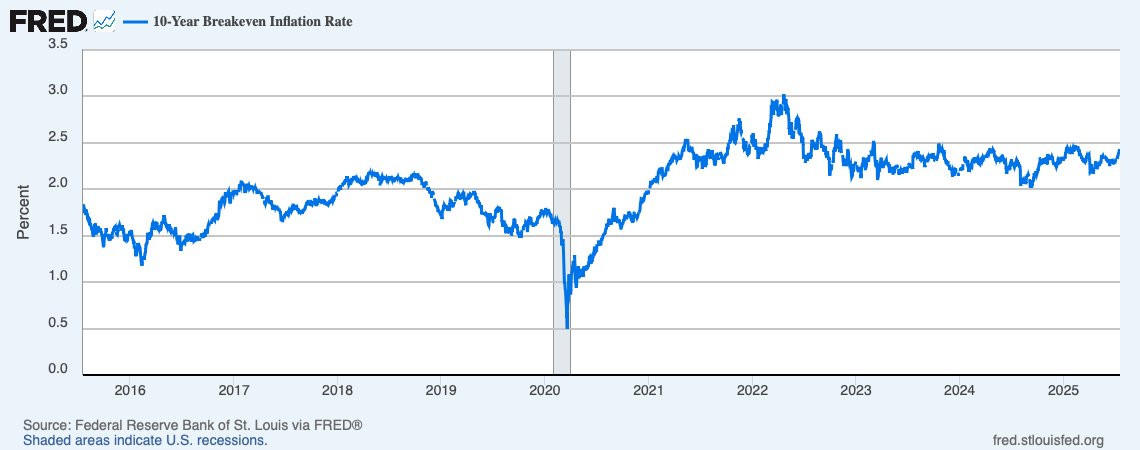Humanity's existence is threatened not by plague or environmental catastrophe but by its own passive acceptance of decline. My column looks at the novel case two economists, Dean Spears & @MikeGeruso make amazon.com/dp/1668057336 against depopulation. wsj.com/economy/global… 

2/ Spears and Geruso don't invoke the usual risks of falling population such as a smaller labor force and more pressure on Social Security. Rather, they argue a larger, or stable, population is a good thing in and of itself.
3/ For example, a larger population means more scientists, inventors, innovators. And since ideas are reproducible for free, this increases all of humanity's wealth, and its ability to solve problems.
4/ The reflexive Malthusian belief that population growth inevitably exhausts finite resources and leads to destitution survives, especially among those who think population makes climate change worse. But ...
5/ ... history shows that we have largely overcome resource scarcity and environmental degradation as population has grown, via innovation and political will. For ex, children in India have gotten taller as population has grown thanks to better nutrition and sanitation. 

6/ On climate change, Spears and Geruso show that population is only a tiny contributor to future emissions. Per capita emissions, a function of economic development and technology is far more significant. 

7/ As I like to point out, the technology we need to achieve net zero emissions by 2050 mostly exists and is commercially viable. The cost of implementation is roughly ~2% of world GDP (i.e. one year of economic growth). Hardly immiserating. wsj.com/finance/invest…
8/ The reason we are not yet on a path to net zero is the policy framework and financing do not yet exist to address the externality of emissions and sufficiently accelerate the shift from high to low/zero emission energy sources.
9/ Explanations for low fertility commonly reflect our idiosyncratic biases rather than evidence. None of the most popular explanations, from lack of child care/housing/parental leave to declining marriage and religiosity, explain its decline across almost all geographies.
• • •
Missing some Tweet in this thread? You can try to
force a refresh








